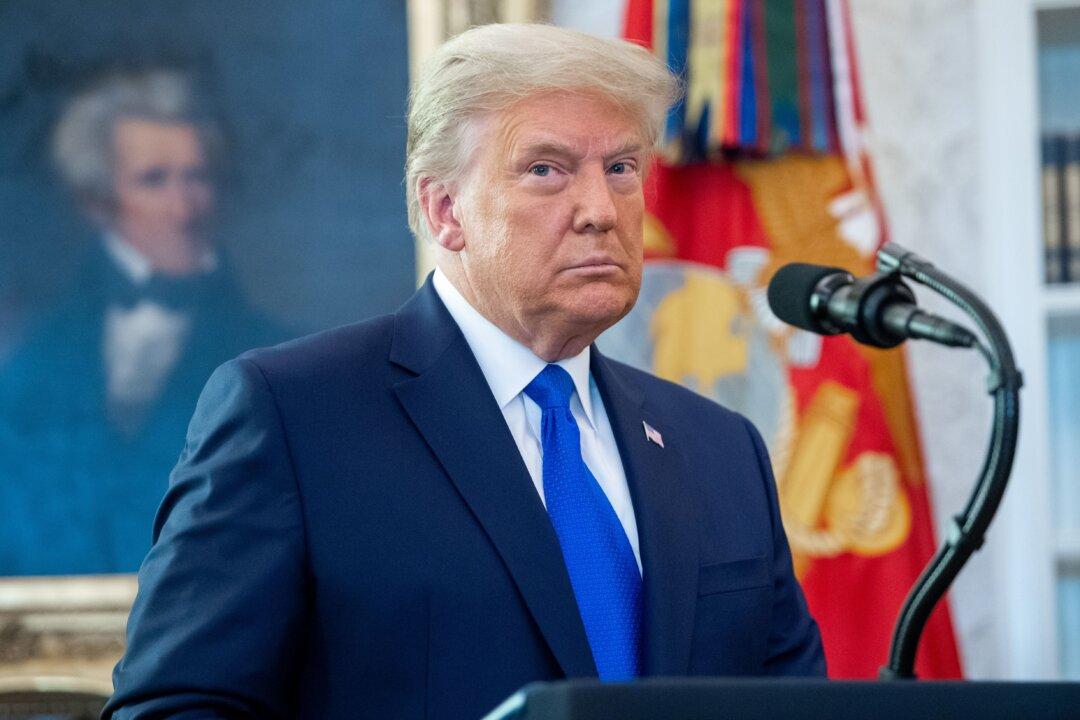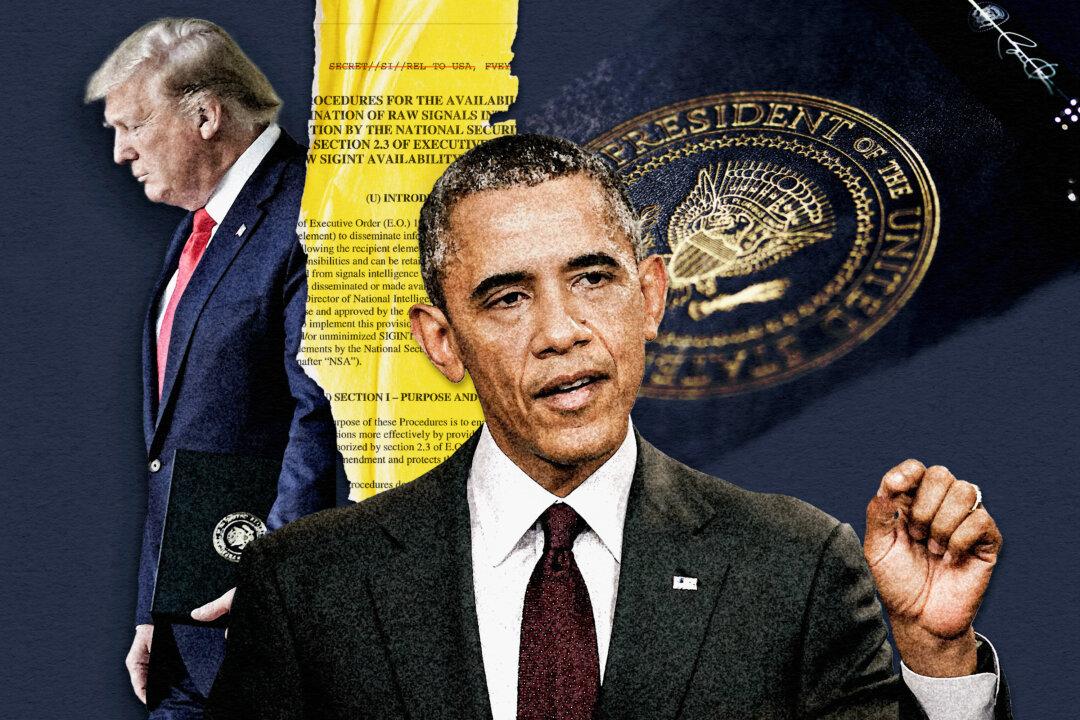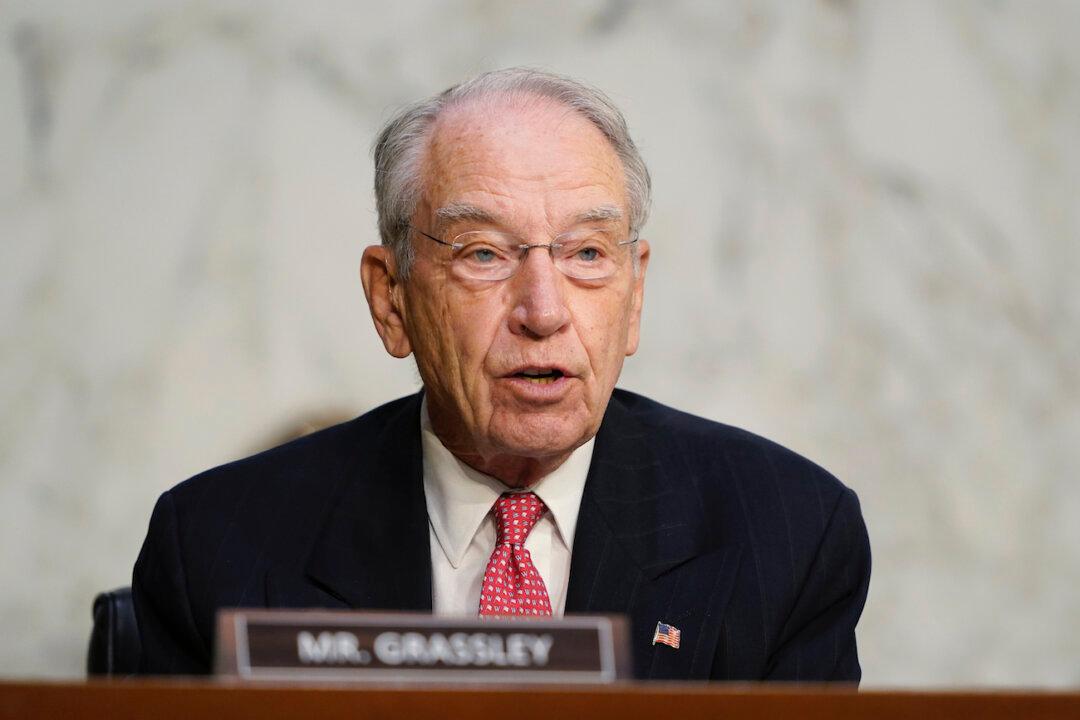Commentary
The FBI is fatally corrupt. The justice system is totally broken. That’s what we can conclude from the Durham report. Special counsel John Durham’s report hammers home two separate points time and again: The FBI opened an investigation of the Trump campaign entirely without reason or any underlying predication, and the FBI protected Hillary Clinton’s campaign at the same time that it aggressively pursued Donald Trump.





